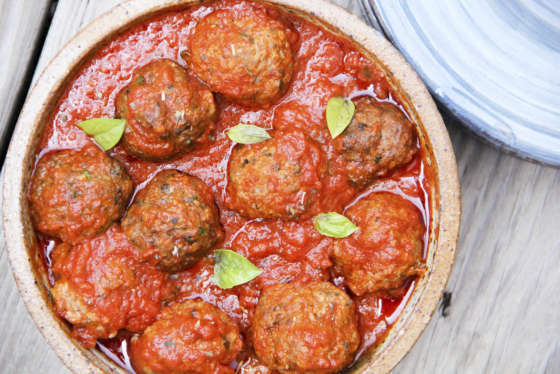WASHINGTON — Gone are the days when a protein and two sides defined dinner in America.
Home cooks throughout the country are closing up old cookbooks and putting away their pot roasts in search of new techniques and bigger, bolder flavors.
The catalyst for this culinary change is not one thing, but a combination of many, said Christopher Kimball, founder of Milk Street and co-founder of America’s Test Kitchen.
For starters, traditionally hard-to-find ingredients are becoming less so. Conventional grocery stores dedicate aisles to international products, and anything that isn’t available on the shelf is just a click away on Amazon.
Restaurants are another factor driving change in home kitchens.
“You can go to any town in America and get a good meal,” said Kimball, who is also the author of “Milk Street: The New Home Cooking.”
Now, diners are looking for ways to recreate the restaurant experience at home.
And finally, Americans are rethinking the traditional plate. Time-strapped cooks don’t have the luxury of preparing multiple dishes for one meal. Not to mention, minimizing meat consumption for financial, health and environmental reasons is becoming increasingly popular.
“The idea of a big piece of meat surrounded by some vegetables or grains — that’s definitely going,” Kimball said.
“It’s about to change, radically. And five years from now, you won’t recognize home cooking.”
Traveling away from Northern Europe
Kimball explains that traditional American cuisine is based heavily on Northern European cooking.
“That concept was to take fairly bland foods — meat, fish, root vegetables — and then turn them into flavorful foods with time and heat and experience,” Kimball explained.
Whereas most of the rest of the world starts with big flavors that require less time over a flame.
“A stir fry, for example, is very quick. But you start with big ingredients — you have chilies, you have herbs, you have spices, you have fermented sauces … And so when you start with big flavors, you get to big flavor quickly,” Kimball said.
“That’s where we’re seeing a lot of change. Instead of a lot of time and heat and technique, you’ll simply use a better combination of ingredients. … This stuff is not harder; it’s simpler.”
Less is more
The future is bright for fans of one-pot dinners. From stews, to frittatas, to noodle bowls, Kimball says keep the execution of the meal simple and let the ingredients speak for themselves.
“I don’t think it’s the number of things; it’s which things,” said Kimball, who admits to spending too much time making too many things for dinner parties in the past.
“My advice is make one thing — go out and buy some cheese or whatever — get some good wine and make thing, a soup or stew, and then you’re done with it.”
The new American pantry
It’s amazing what a few new spices can do to an otherwise ordinary plate. Blends, such as za’atar, and pastes like tahini, harissa and miso, can be used in everything from stews to dressings and even desserts.
“Tahini, we put it in brownies, for example, and it’s great. It has a little bit of bitterness to it, and so it offsets the sweetness of the chocolate — it’s a good combination,” Kimball said.
Another favorite staple of his is pomegranate molasses, “Which I thought I would never buy 10 years ago, but I use almost every day,” he added.
“If you do a stew, put a tablespoon in at the end. Nobody will know what you did. Pomegranate molasses gives you depth; it’s sweet and sour. It’s got a really rich flavor to it.”
In addition to dried herbs and spices, Kimball says it’s time to rethink how you use fresh herbs. While you may be used to adding a few basil leaves or a sprig of thyme to a recipe, other cultures and cuisines use handfuls of fresh herbs.
“It’s just so exciting because we’ve not been open to the world, and like the music and fashion industries, it’s all going to collapse. It’s all going to come together in some weird mix,” Kimball said.






